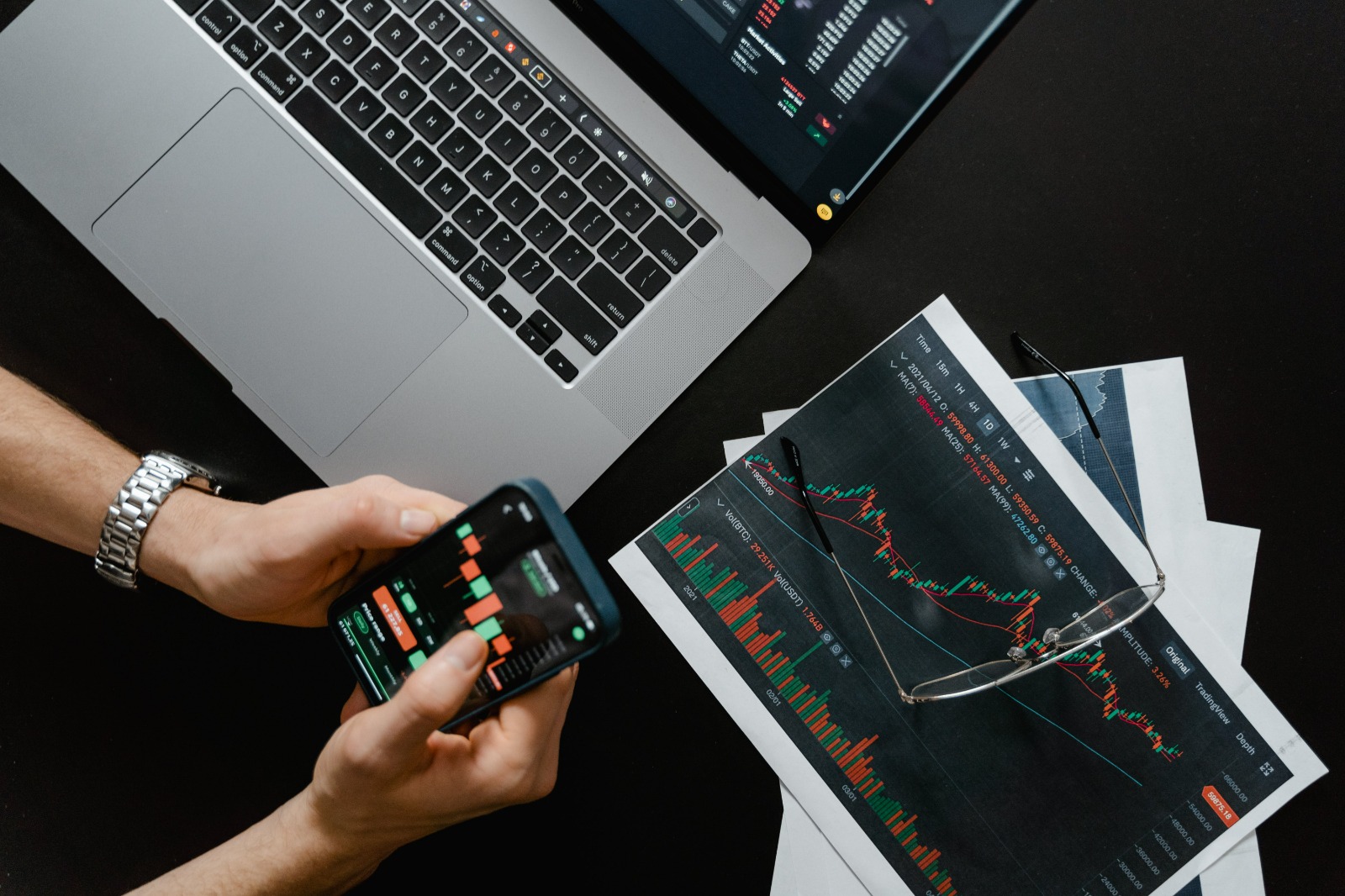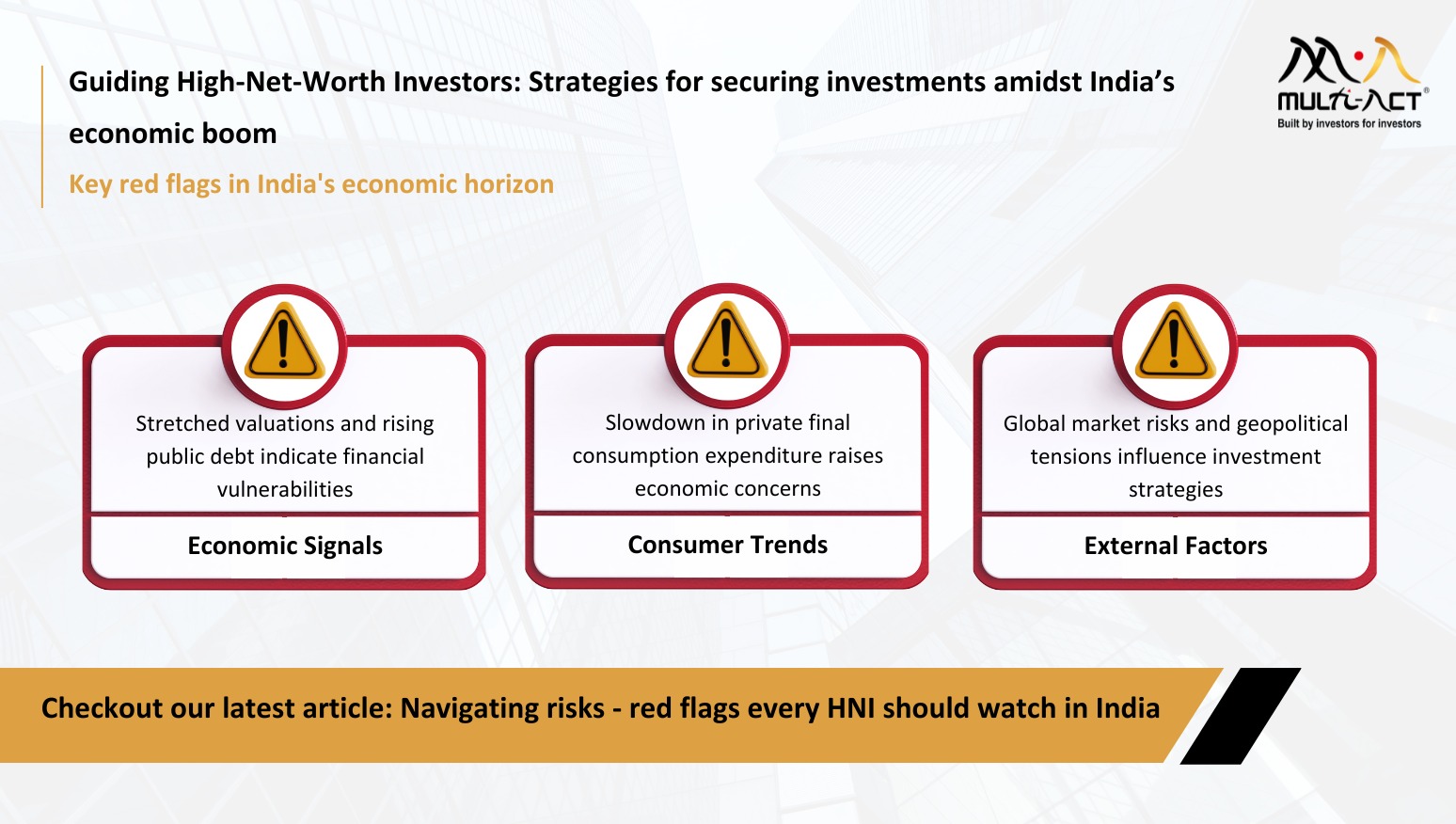
Assessing the effectiveness of mutual fund categories in Indian portfolios
Amogh Korde, Project Lead – Behavioural and Fund Analytics at Multi-Act, delves into the ever-evolving investment landscape … Continued
Read more12 June 2017

Gold has been in use as a form of currency or a high value commodity for at least three millennia. Records show that India has had an intense relationship with this glittering metal for almost as long. The picture of an Indian bride is incomplete without her being weighted down by masses of gold jewellery and tales of palaces being inlaid with gold leaf abound.
Although gold is a precious metal that is normally associated with kings and nobility, gold in India has always had a close relationship with the common man. Apart from being a popular gift at weddings, gold is often gifted to new born babies by close relatives, with their parents as chosen caretakers of course! While in many societies this may seem almost scandalous, it is given as a way of assuring a secure future for the baby by starting its life off with a form of insurance or security. There is also a large number of illiterate people in India do not understand the banking system and so store their savings in the form of gold instead.
Many purchases, like land for example, are made with loans being sanctioned against jewellery, education paid for and it looks good as a bonus! However, it is important to remember that gold in the form of ornaments or bullion does not provide monthly or annual dividends and may incur storage costs instead.
Good asset allocation and diversity is important for a portfolio to perform well. Experts propose that at least 10% of a portfolio should be invested in gold as a hedge against inflationary environments. The World Gold Council states “gold is the only asset that carries no credit risk” and rightly so as gold usually does better in uncertain times. Gold is an extremely liquid asset to have in the form of coins or bullion. As gold is becoming increasingly financialized, there are now a variety of other ways to invest in gold like ETFs, gold mining shares and futures.
Gold prices are stated in U.S. Dollars in the global market. Gold prices in India are dependent on the performance of the Indian Rupee against the U.S. Dollar. Over the years, the Rupee has lost value against the dollar (as well as many other high performing currencies) due to inflation. Gold is an asset that has acted as a hedge against the Rupee.
Our current financial system using fiat money is a debt based. Quantitative Easing (QE) by Central Banks will have an effect on gold as an asset class in the future. The Austrian School of Economics believes that eventually when this financial system begins to fail, monetary arrangements will be changed so that the some variation of the gold Standard will come back into global monetary arrangements.
When the market realises that QE is not working and sees that QE has allowed for mispricing of credit throughout the global financial system, gold will shine as the only monetary asset without any liability on any other entity. Large economies like Russia and China are preparing to move away from the US Dollar as a reserve currency, and are purchasing gold aggressively. Any extreme political or economic instability could cause the Dollar’s collapse and leave central banks scrambling for diversification of their asset holdings. Their best bet would be gold. Gold and gold mining shares will work as a proxy for gold bullion. When this occurs, any instruments that are in close proximity to real assets will do well and will so make investments in industries a popular choice.
In any deflationary episode, assets like equities, corporate debt obligations and real estate decline by approximately 90 per cent in nominal terms. Gold however, has usually held its relative purchasing power value, at least ultimately. Conversely, in rapid inflationary or hyper-inflationary environments, gold has become the asset of choice and risen tenfold. Gold works well as insurance against inflationary and deflationary environments.
There are various ways Indians can invest in gold apart from buying jewellery, which would incur additional costs like making charges.
Gold Coins and Bars: These work well as physical gold assets that are extremely liquid.
Gold ETFs: ETFs or Exchange Traded Funds are investment companies that allow investors to invest in ‘Creation Units’. The biggest advantage of Gold ETFs is that investors do not need to store physical gold.
Equity Based Gold Investments: These are not direct investments in gold but are investments in companies related to the actual production of gold like mining and extracting gold. These are equity based investments which are backed by net asset value of gold under the ground.
The traditional ways of investing in gold in India are rapidly changing with various government schemes coming into play as well. About 10 per cent of a portfolio should be invested in gold as a hedge against inflation and up to 25 per cent in gold and gold mining shares. However, it is recommended that such advice is tailored for your portfolio by a Securities and Exchange Board of India (SEBI) registered investment advisor.
At Multi-Act, we understand that capital preservation is as important as growth. Our teams comprise principally of Chartered Accountants (the equivalent of CPAs in USA), statisticians and Economists who personify the foundations of providing sustenance, long-term goals and prosperity that Multi-Act is built on.

Amogh Korde, Project Lead – Behavioural and Fund Analytics at Multi-Act, delves into the ever-evolving investment landscape … Continued
Read more
When I consider PSU stocks, I’m reminded of the famous song of Bob Dylan, “The Times They … Continued
Read more
The Indian economy is on a promising trajectory, with expectations of robust GDP growth surpassing 6.5% in … Continued
Read moreReceive monthly updates by signing up to our newsletter.
| Sr. No. | Received from | Pending at the end of last month | Received | Resolved* | Total Pending # | Pending complaints > 3 months | Average Resolution time^ (in days) |
|---|---|---|---|---|---|---|---|
| 1 | Directly from Investors | 0 | 0 | 0 | 0 | 0 | 0 |
| 2 | SEBI (SCORES) | 0 | 0 | 0 | 0 | 0 | 0 |
| 3 | Other Sources (if any) |
0 | 0 | 0 | 0 | 0 | 0 |
| Grand Total | 0 | 0 | 0 | 0 | 0 | 0 |
Trend of Monthly Disposal of Complaints
| Sr. No. | Month | Carried forward from previous month | Received | Resolved* | Pending# |
|---|---|---|---|---|---|
| 1 | April 2023 | 0 | 0 | 0 | 0 |
| 2 | May 2023 | 0 | 0 | 0 | 0 |
| 3 | June 2023 | 0 | 0 | 0 | 0 |
| 4 | July 2023 | 0 | 0 | 0 | 0 |
| 5 | August 2023 | 0 | 0 | 0 | 0 |
| 6 | September 2023 | 0 | 0 | 0 | 0 |
| 7 | October 2023 | 0 | 0 | 0 | 0 |
| 8 | November 2023 | 0 | 0 | 0 | 0 |
| 9 | December 2023 | 0 | 0 | 0 | 0 |
| 10 | January 2024 | 0 | 0 | 0 | 0 |
| 10 | February 2024 | 0 | 0 | 0 | 0 |
| 11 | March 2024 | 0 | 0 | 0 | 0 |
Grand Total |
0 |
0 |
0 |
0 |
Trend of Annual Disposal of Complaints
| Sr. No. | Year | Carried forward from previous year | Received | Resolved* | Pending# |
|---|---|---|---|---|---|
| 1 | 2019-20 | 0 | 0 | 0 | 0 |
| 2 | 2020-21 | 0 | 0 | 0 | 0 |
| 3 | 2021-22 | 0 | 0 | 0 | 0 |
| 4 | 2022-23 | 0 | 0 | 0 | 0 |
| Grand Total | 0 | 0 | 0 | 0 |